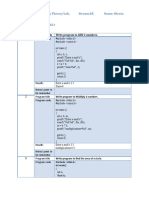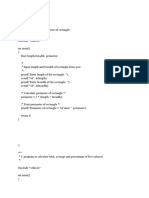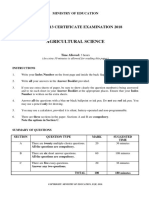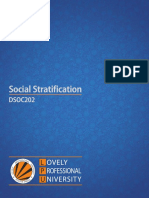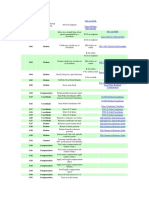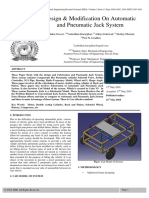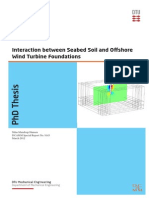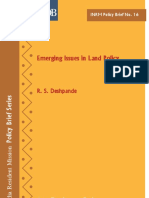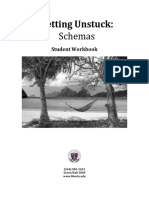0% found this document useful (0 votes)
22 views20 pagesLab Report 01: Experiment Name
The document contains a series of lab reports detailing C programming experiments, including calculating the area and perimeter of geometric shapes (rectangle, circle, triangle), adding three numbers, and converting temperatures between Celsius and Fahrenheit. Each report outlines the objective, required software, algorithm, source code, and expected output. The experiments aim to enhance programming skills and understanding of basic mathematical concepts using C.
Uploaded by
chandankhulna84Copyright
© © All Rights Reserved
We take content rights seriously. If you suspect this is your content, claim it here.
Available Formats
Download as DOCX, PDF, TXT or read online on Scribd
0% found this document useful (0 votes)
22 views20 pagesLab Report 01: Experiment Name
The document contains a series of lab reports detailing C programming experiments, including calculating the area and perimeter of geometric shapes (rectangle, circle, triangle), adding three numbers, and converting temperatures between Celsius and Fahrenheit. Each report outlines the objective, required software, algorithm, source code, and expected output. The experiments aim to enhance programming skills and understanding of basic mathematical concepts using C.
Uploaded by
chandankhulna84Copyright
© © All Rights Reserved
We take content rights seriously. If you suspect this is your content, claim it here.
Available Formats
Download as DOCX, PDF, TXT or read online on Scribd
/ 20
































